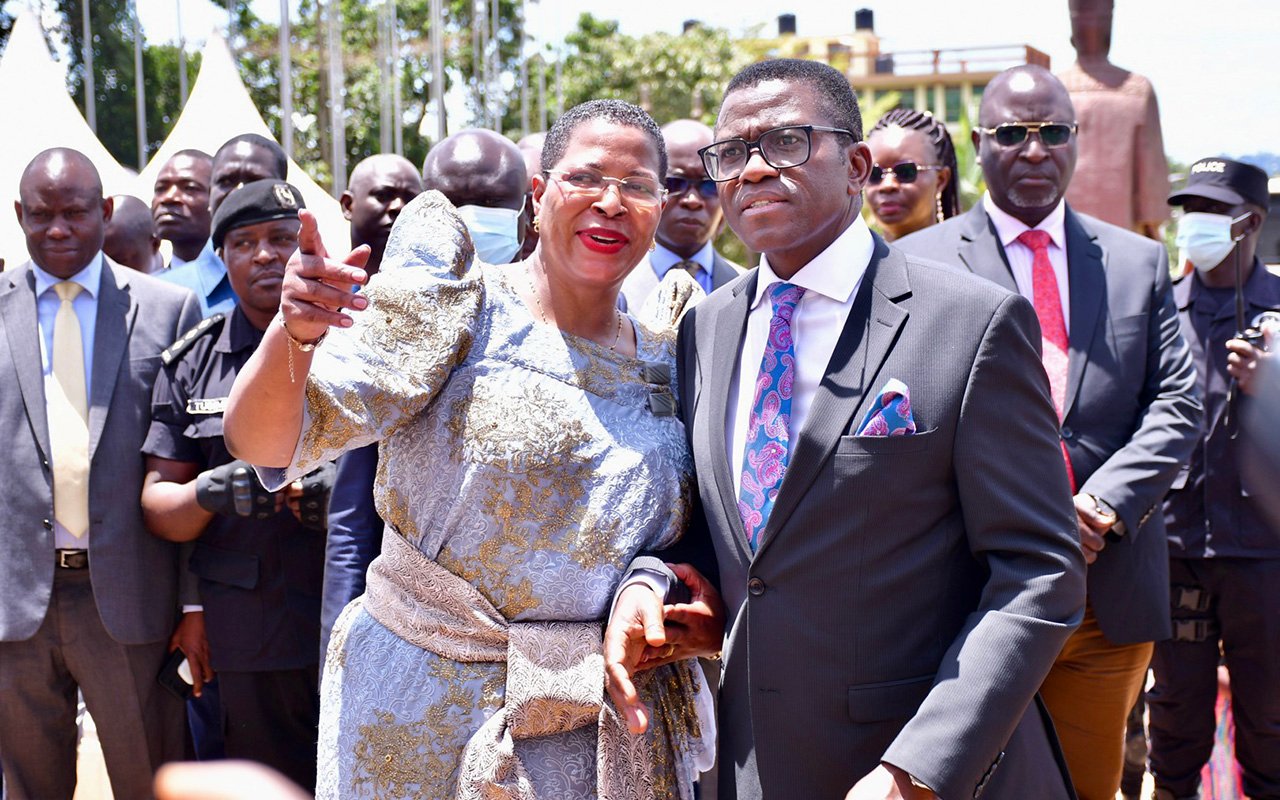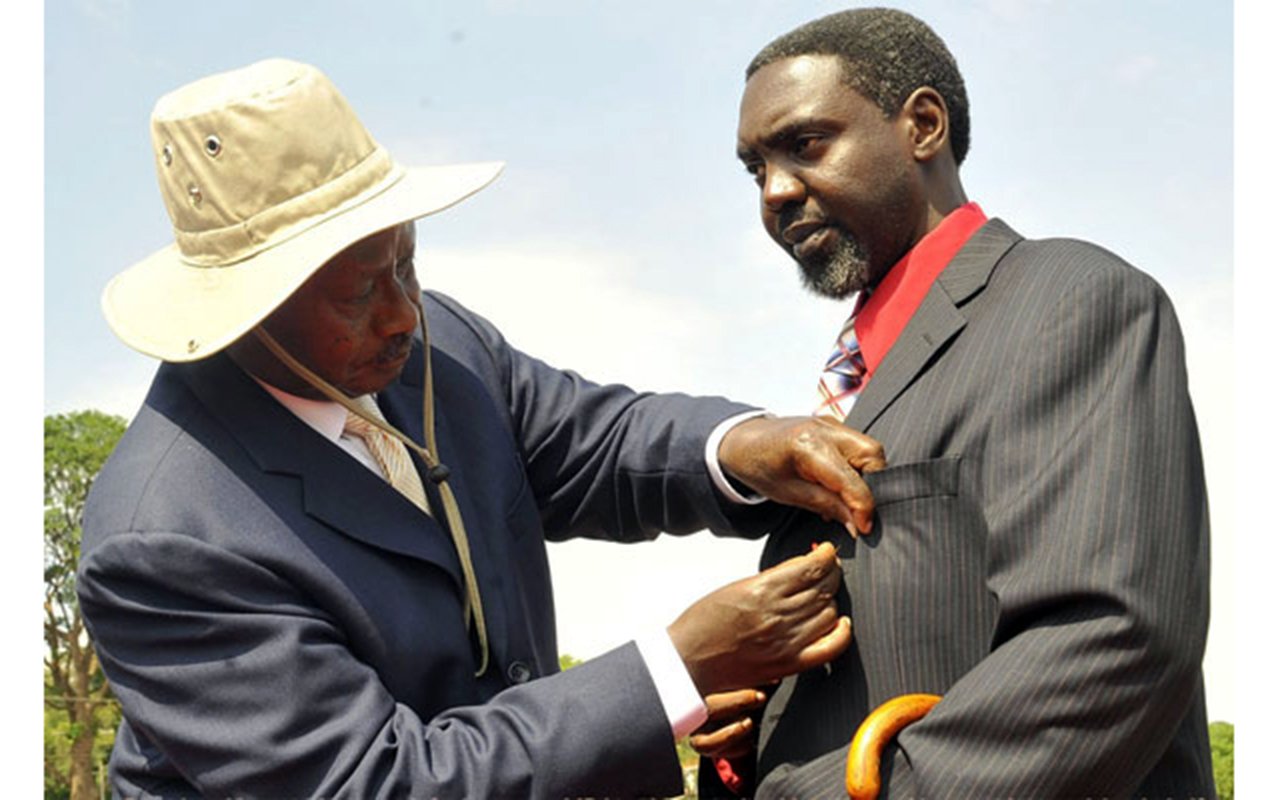What next after regional heads defer EPA deal?

Washed coffee beans on display. Coffee is one of the exports to the European Union from the East African Community. File photo
What you need to know:
Last week, regional Heads of State postponed the free trade agreement with European Union (EU) to January 2017. The move was informed by their desire to further understand the implications of various clauses in the pact.
In a frantic attempt to salvage the bloc’s position, the East African Community (EAC) Heads of State last week agreed to extend the signing of the Economic Partnership Agreement with European Union (EU) by another three months.
Despite this development, some member states such as Kenya and Rwanda have already put pen to paper while Uganda has expressed desire to follow suit, saying this is a life time opportunity that should not be allowed to slip away.
Tanzania’s President John Magufuli, who is the chairman of the EAC summit, said they need more time to discuss the Economic Partnership Agreement (EPA) agreement further.
For that, it was agreed that after three months, (in January 2017), a harmonised regional position would have been arrived at.
Originally, the deadline for the agreement was early next month, but some member states including Kenya and Rwanda could not wait to sign it as Uganda indicated interest to follow suit before the initial deadline of October 1, 2016.
Watching on the fringes is Tanzania who has made her feelings known: Tanzania is yet to be convinced that the EPA agreement will deliver the kind of returns it promises.
The largest East African country is of the view that the deal the rest of the regional countries are committing to will only speed up the death of nascent local industries. In other words, its disadvantages far outweigh its advantages, a position Burundi agrees with.
The two countries—Tanzania and Burundi, are the only member states that have since developed ‘cold feet’ over the EPA agreement.
But once the agreement is signed by the other member states it will be binding to all the regional countries.
Mr Emmanuel Mutahunga, assistant commissioner external trade at Uganda’s ministry of trade, in an interview with Prosper magazine, said: “Uganda’s decision has always been to sign the EPA.”
He continued: “We spearheaded the negotiations, including the formation of the EAC as an EPA negotiating group in 2007. We also have a strong interest in seeing the EAC sign the EPA as a bloc.”
To reinforce the country’s decision, Deputy prime minister and minister for EAC Affairs Mr Kirunda Kivejinja told the Council of ministers which sat in Tanzania last week that Uganda would sign the EPA at “an appropriate time”, adding that the country needs more details on the prevailing circumstances with a view to informing discussions at a higher level.
However, he said: “It would have been desirable for the partner states to sign the EPA together.”
The other question that is being posed is: Won’t there be further delay following South Sudan’s deposition of their instrument of ratification to become a fully-fledged member of the bloc with full rights, obligations and privileges?
On this note Mr Mutahunga said: “The Agreement has provisions on what to do if a new member accedes to EAC or EU. They will be followed.”
However, experts say if there is no unanimity on when to sign; there will be implications for EAC integration.
EPA benefits
EPAs are trade and development agreements negotiated between the EU and African, Caribbean and Pacific (ACP) partners engaged in regional economic integration processes. EPA is an initiative by the EU to secure free market access in the region and reciprocate in equal measure.
Should the EAC sign as a bloc, regional products to the EU market and vice versa will be granted/ or subjected to preferential treatment.
The EU-EAC EPA covers trade in goods and development cooperation. It also contains an extensive chapter on fisheries – aiming mainly to reinforce cooperation on the sustainable use of resources - and provides further negotiations on services and trade-related rules in the future.
The deal is balanced and fully in line with the EAC Common External Tariff. It bans unjustified or discriminatory restrictions on imports and exports, which contributes to the EAC’s efforts to eradicate Non-Tariff Barriers (NTBs) in intra-EAC trade.
It also supports the EAC’s ambitious regional integration project and has what it takes to foster development.
Because of this, Dr Thomas Bwire, the acting chief, research and information Bureau Division at Bank of Uganda in his judgment shares that since time immemorial; one of the key constraints to trade for developing countries has been access to international markets, the European Union (EU) in particular.
“EPAs, where they have existed, have permitted 100 per cent free access of exportable goods to EU market, without requiring symmetric response of market openness from partnering developing states blocs, but specifically on products sensitive to international competition,” Bwire notes.
Experts say, at the face value, the signing of EPA by the EAC is beneficial to Uganda as a country and member of the EAC bloc.
About 20.5 per cent of Uganda’s exports are currently destined to the EU, having averaged 23 per cent between 2010 and 2015.
Dr Bwire shares: “With the signing of the EPA, this volume could go up with the coming into force of the EPA currently under consideration.”
Mr Gideon Badagawa, Private Sector Foundation Uganda (Psfu) executive director echoes Dr Bwire views saying when Uganda signs the EPAs, she agrees to open up her market.
“Whatever we do, this is where the world is now moving to- open access to markets as long as one meets the market requirements. We will have duty-free and quota-free access to European markets,” Mr Badagawa shared.
He added: “The advantage with the EPAs is that the EU will have arrangements to help us build our capacities over the time and the requisite infrastructure. So it is in our interest to sign the agreement.”
Readiness
With all the benefits that will come with the signing of the EPAs, one wonders whether Uganda is ready for the competition.
Dr Bwire says: “Borrowing from the similar African Growth and Opportunities Act (Agoa) arrangements we have had before, there has not been tangible growth in export volumes as was envisaged.”
According to statistics, export growth to the United States (U.S) has stagnated at about 2.7 per cent in the last one and half decades, rising only slowly from 1.3 per cent in 2000 to a peak of 4.9 per cent in 2005, but has since fallen to 1.9 per cent in 2015.
“Instead, it is the regional markets particularly Comesa and lately South Sudan that have boosted Uganda’s exports because these markets do not have standardised quality controls, a key requirement for accessing the U.S and the EU markets,” Mr Bwire noted.
In 2015, Comesa and South Sudan markets were a destination to 53.6 per cent and 11.7 per cent, respectively of Uganda’s total exports, with exports to Comesa having averaged 51 per cent in the five years to 2015.
Exports to South Sudan have grown at a phenomenal rate, rising from less than one per cent in 2012 to 11.7 per cent in 2015, hitting highs of 12.1 per cent in 2014.
Bwire shares: “These trends carry a story that whether the bloc as a whole or Uganda will live to expected export volume flows due to the signing of the EPA is another matter altogether.”
He adds that until productivity and quality enhancement of exports within the EAC bloc are addressed, it will not be possible to compete favourably with the better quality, larger and sustainable supplies of similar goods from European countries in which the EAC has a comparative advantage.
“Therefore, export trade benefits due to the signing of the EPA need not be over emphasised because the inherent bottlenecks related to quality and sustainability of volumes will still remain,”Mr Bwire notes.
He added that the reality is, given Uganda’s local constraints, the signing of the EPA is likely to pave way for European investors to produce for their market, benefitting EAC economies only with a handful of a few non-technical farm and non-farm jobs, leave alone the downsides of shared responsibility at the bloc.
Mr Badagawa, however, thinks otherwise, saying the benefits are much more to Uganda and the bloc.
“We shall open to raw materials to enter EAC at zero duty and later after seven years, we shall open to intermediate goods and after 25 years, to final goods. By that time, Uganda is expected to have developed its capacity to compete with final goods coming from the EU,” Mr Badagawa notes.
EU- Uganda Trade
Mr Kristian Schmidt, the Head of Delegation of the European Union to Uganda, speaking during the Europe Day celebrations earlier this year, said Europe is Africa’s biggest trading partner. No less than 37 per cent of total African exports go to Europe.
He said trade between Uganda and the EU has now reached 1 billion Euros (Shs3.7 trillion). “Since 2013, when I arrived, Uganda’s exports to the EU has grown 13 per cent from €430 million (Shs1.5 trillion) to €485 million (Shs1.7 trillion),” he said.
Now, with the new EPAs with the EAC, the scene is set for further growth.
He said a European Business Forum has been set up to boost European private sector engagement in Uganda.
In May, they hosted the first food, beer and wine festival that saw many European companies show case their products.
Manufacturers are not supporting the EAC and Uganda in particular signing the EPAs saying this will push them out of competition when the markets are open.
In a candid interview with Prosper magazine, Uganda Manufacturers Association executive director, Mr Ssebagala Kigozi, said: “As manufacturers, we don’t support Uganda signing the EPAs.”
“If we do sign it means allowing the EU finished goods will push us out of the market because of the differing standards and more so we still constrains in doing business locally. Then how can we be able to compete with EU which is developed,” Kigozi pondered.
Imports and exports to European union
About EAC. The East African Community (EAC) consists of Burundi, Rwanda, Tanzania, Uganda and South Sudan (all of which are Least Developed Countries or “LDCs”) and Kenya (which is a non-LDC).
Exports to EU. Exports to the EU from East African Community are dominated by coffee, flowers, tea, tobacco, fish and vegetables.
Imports from EU. Imports from the EU into the region are dominated by machinery and mechanical appliances, equipment and parts, vehicles and pharmaceutical products.




